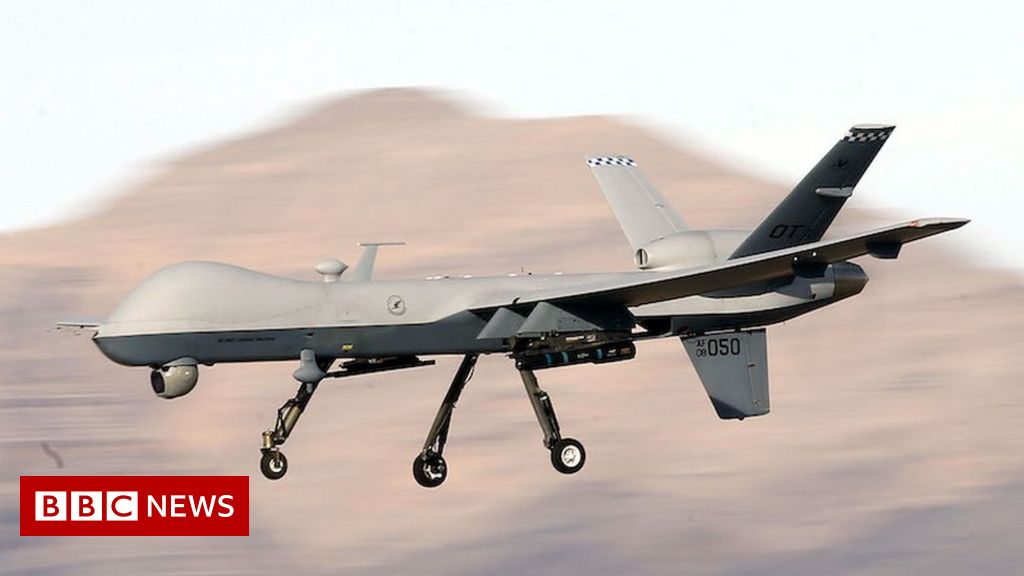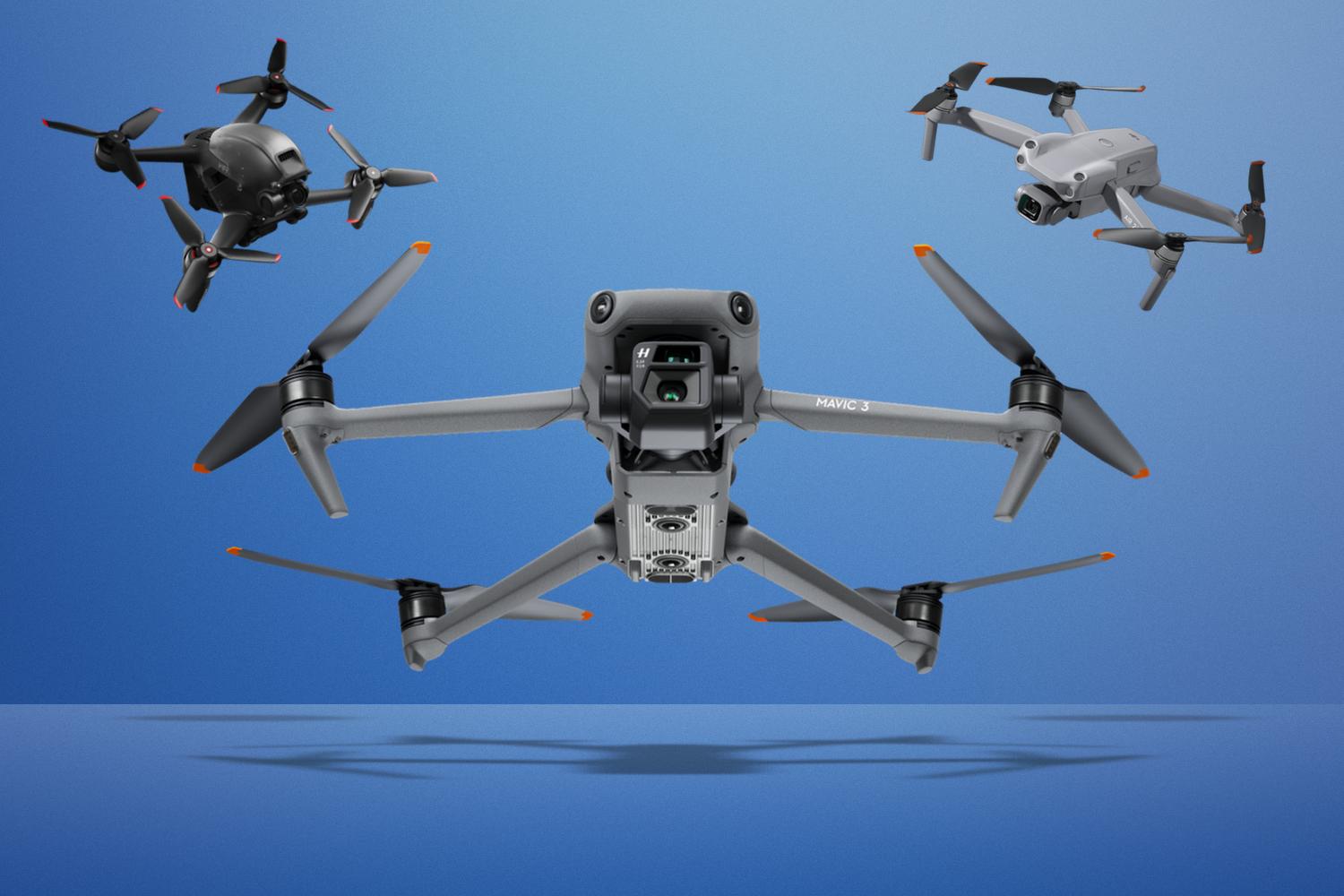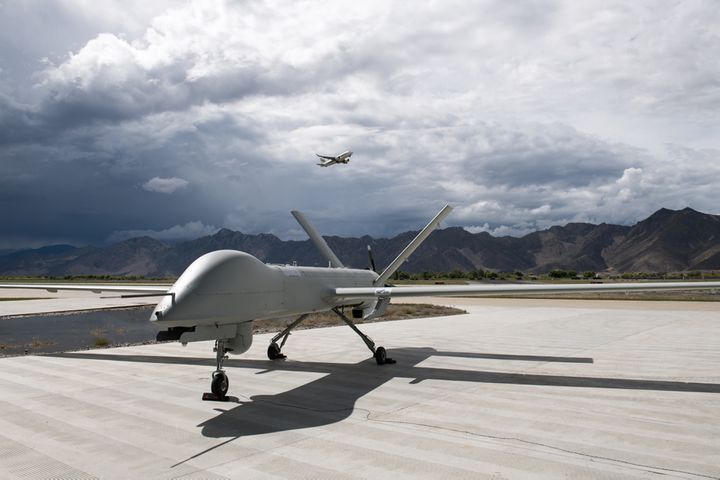
The FAA Reauthorization Act of 2018 has been passed by the House of Representatives, which is a great news for the Small UAV Coalition. The legislation authorizes six additional years to the Federal Aviation Administration (FAA), supporting the continued growth and safety of our national aviation space. The coalition expresses its thanks to House Transportation and Infrastructure Committee Chairman Shuster, Reps. Lipinski, Perry, and Sanford, for their support in passing the FAA Reauthorization Act of 2018.
Supports legislation and policy changes to allow small unmanned aerial vessels to operate
The United States will allow small UAVs for law enforcement or emergency management. However, UAS would not be allowed to be used for hunting or voyeurism. The proposed regulations also require operators to obtain a Federal Aviation Administration (FAA), and pass a test to fly drones. Local governments will soon be able determine whether drone commercial use is allowed by the year's end.
The bill would prohibit UAS operations in areas where people can reasonably expect privacy. This includes restrooms, locker rooms, and private residential rooms. It also bans UAS from campus buildings, daycare centres, and residential corridors. However, it would exempt UAS operators who use them for business or government purposes. However, UAS operators can be authorized by university officials in certain areas.

Supports infrastructure development to allow widespread low-altitude airspace use
A new technology is available to help manage low-altitude airspace. It also provides seamless connectivity for drones. NextGen's En Route Automation Modernization platform (ERAM), replaced the legacy Host system. This new technology allows airlines to plan flights more efficiently thanks to its enhanced radar coverage and reduced vectoring. It also improves aircraft safety by ensuring that all aircraft operate at safe altitudes.
Low-altitude airspace is complex because of the many human and environmental variables involved. It can be difficult to manage. Operational roles should be clearly defined, and staff must be well-trained. To reduce human error, and increase efficiency in operations, it is important to examine management systems. Low-altitude airspace management is challenging due to communication failures, loss of control and link loss.
Supports the creation of micro-classifications to small UAVs
Effective countermeasures are becoming more important as the unmanned small aerial vehicles (UAVs), continue to grow in number. Traditional airspace control measures are inadequate to deal with low-flying objects, and these new technologies will be vital to ensuring the safety of our communities. To meet this need, many industrial initiatives are being developed. Here are a few. They include:

Radio-frequency bandwidth constraints are major impediments to the use of UAVs. This limitation has a wide range of effects on military services, but is particularly important for Navy ships at war and Army battalions. Congress and the UAV industry are looking for solutions to this problem. Until then, there are no laws on the books that will restrict the use of small UAVs for military purposes.
FAQ
What laws are there regarding drones flying?
The Federal Aviation Administration (FAA), regulates drone operations in the United States. To operate a drone commercially, you must first get a certificate from the FAA. Then, you must complete a course in piloting skills and pass an exam. The final step is to pay the fee.
Do I need special training to fly a drone?
No, you don’t have to learn any special skills in order for your drone to fly. You just need a remote-control unit and basic knowledge in flight mechanics.
How do I keep drones away from my house?
Drones have become increasingly popular for home surveillance. But they also pose a security threat to privacy. You can prevent drone attacks by installing motion sensors around your home and using them to detect any unauthorised flying objects.
What US states are drones legal?
Legally, you can operate a drone to perform hobby tasks. The Federal Aviation Administration (FAA), has established guidelines that allow the use of small unmanned aircraft systems (UASs). Before they can be flown, these UASs need to be registered with FAA. These UASs can also be flown by commercial operators if they are allowed to fly under certain conditions.
Statistics
- Research and Markets predict a growth rate of 51.1% over the next five years. (thedroneu.com)
- According to industry research from ZipRecruiter , there are 10 cities where the typical salary for a Drone Pilot job is above the national average. (dronesgator.com)
- According to the multiple listing service (MLS), houses and apartments with drone photographs are up to 68 percent more likely to sell than those without pictures. (thedroneu.com)
External Links
How To
What is a battery pack and how do I replace it?
The main power source for your drone's motors is the battery pack. They provide enough power to keep your quadcopter flying smoothly and safely.
Most likely, there won't be any noticeable difference in the batteries of a new drone. However, the battery pack will eventually wear down. It might eventually stop functioning altogether. It is important to change the battery to make sure your drone works properly.
It is recommended to use the original replacement part when replacing a battery. You could endanger your drone's safety by using a faulty replacement part.
These are the steps to replace a cell phone battery pack.
-
Disconnect the battery connector cable. This step ensures that your drone doesn't receive any electrical current. Simply pull the connector cable off the drone to disconnect it.
-
Unscrew the battery. Unscrew your quadcopter's battery pack. The battery pack often splits into two pieces.
-
Locate the battery contacts. After you have removed the battery pack from the drone, locate the contacts. These tiny metal pins connect to the battery and other components of the drone.
-
Install the new battery. Next, insert the new battery into your drone. Align the connectors for the battery pack on each side. After that, attach the battery pack to the drone. Once the battery is in place, tighten all bolts.
-
Connect the battery connector cable again. After installing the new batteries, connect the battery connector to the drone.
-
The drone should be tested. Make sure your drone is still working properly before you take it out again. Congratulations if it works!